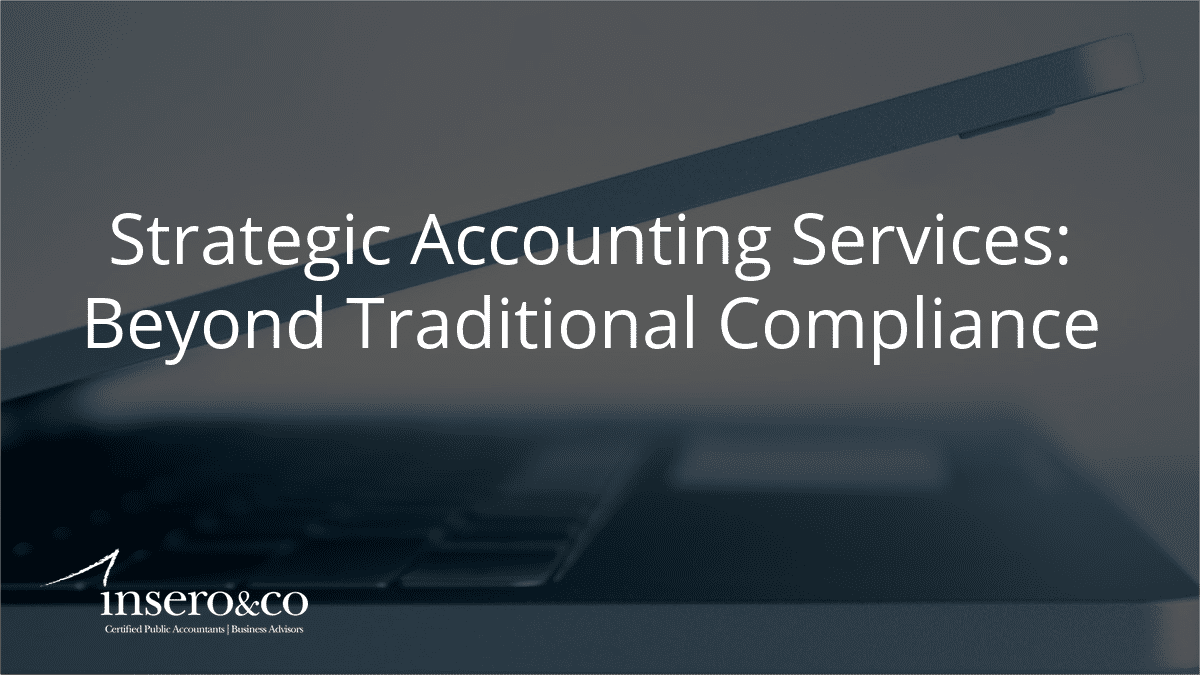Suppliers can be a better source of cash than a bank!
Employee salaries, utility bills, taxes, payments to suppliers—these and myriad other transactions cause cash to flow out of your company. If your company isn’t keeping pace with these bills as they come due, you’re headed for trouble. Too often, suppliers help manage your cash only when you cannot pay them. Why not use them to help manage it? Here are some ideas to help slow down cash outflow with your suppliers.
- Treat them as partners. It’s crucial to maintain positive relationships with companies that supply your raw materials, provide ancillary services, and otherwise keep revenues flowing. First identify your key suppliers. Then meet with them periodically to know how they are doing and create a relationship based on trust. If you are forecasting tight cash periods, let them know. If you need to pay late, proactively call them BEFORE the bill is due and let them know when you will be sending payment. Whatever you do, deliver on your promise.
- Extend terms. Some invoices are due on receipt; others, a few days later. Negotiate the longest payback terms possible and ask for early-payment discounts. A two percent discount might not seem significant, but on bulk orders savings can accumulate. Depending on your industry, you might set up a vendor payment schedule that better reflects your accounts receivable history. For example, if you print catalogs, get a price quote with 120 day terms from your printer. The extended terms allow you to mail the catalog and receive orders to help pay the bill. The supplier can quote their price with the cost of the extended term built into their bill.
- Simplify. Set up automatic payments from your company bank account. You won’t have to remember when a bill is due and the money will stay in your account as long as possible. Electronic fund transfers doesn’t eliminate the need to monitor cash flow or scrutinize payment terms, but they can reduce some of the headaches associated with paying bills on time. You might also consider moving from invoice payments to monthly statements. This allows you to reduce the processing work and make one payment per month.
- Prioritize. Develop a priority payment list. Although everyone needs to be paid eventually, some vendors are more crucial to your success. They’re the ones you rely on to keep shelves stocked and customers coming back. Pay them first.
- Release management. The principal here is to pay for inventory when you have a sale and not before. This helps match the cash outflow of the supplier payment with selling the product. One way to do this is to implement just in time (JIT) delivery, where you place the order with the supplier and they then deliver or ship it. Another way to do this is to provide a blanket purchase order to lock in lower pricing, but take delivery of the product over time. Then you pay for inventory when it is delivered versus when it is produced.
If managed correctly, your key suppliers can be an essential key to your business’ success.

As always, we hope you find our tips and news for businesses valuable, and look forward to receiving your feedback. Companies focused on growth have sought the help of Insero & Co. for more than 40 years. During that time they have consistently experienced the peace of mind that comes from knowing their CPA firm takes the concept of integrity seriously. Should you have any questions, please contact us directly.




